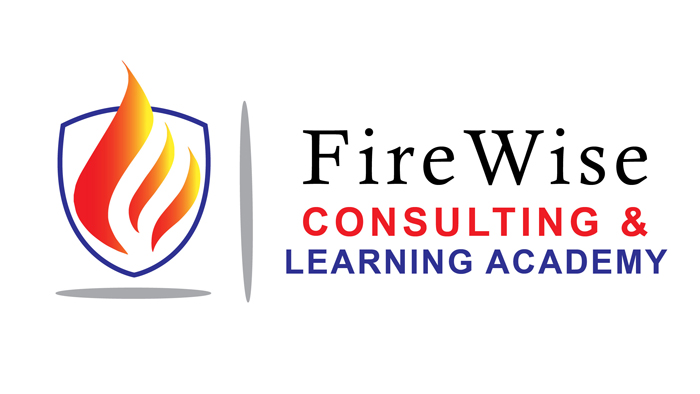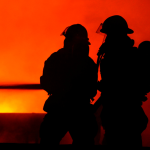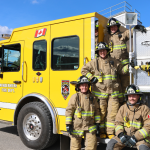“Do More with Less” is a sentiment we are hearing a lot more of lately. While the words vary from community to community, the context is generally the same; taxpayers are unhappy with taxation levels, communities expect great services and there are many competing priorities that challenge decision makers. Community risk profiles are changing, and while fires represent a decreasing percentage of our calls, the implications of those fire events including life threat, dollar loss and liability exposures are increasing. Densification of urban neighborhoods in most jurisdictions represent more people, more activity, increasingly difficult access and challenging responses far beyond “just fires”. Aging populations and limited capacity of partner agencies increase non-traditional service expectations. Climate change is driving planning, preparation and response to floods, interface fires and other incidents that are occurring more and more frequently. And, despite all of this, fire services are being held to existing budget and resource levels, and in many cases, seeing cutbacks.
So, what’s to be done? I suspect that those who are using derivatives of “do more with less” are actually trying to say “help us” as they wrestle with the allocation of finite resources to support many diverse priorities. Fire services have a unique opportunity to lead development of sustainable service delivery strategies through creative use of our traditional approaches to resource sharing and building community capacity. These updated approaches have the potential to focus increasingly scarce resources on critical programs and ensure that our programs are meeting desired objectives.
Let’s take fire prevention inspections as an example. For most of us, getting to all inspectable properties in our communities is a stretch goal at best. We know that most fires are as a result of human activity, not building system failures. Canadian building and fire codes make it clear that responsibility for compliance with the various codes is the responsibility of the building owner. Instead of trying to build internal capacity to inspect building systems that are, for the most part, reasonably fire safe, how about investing in developing the capacity of building owners to manage those systems and occupant behaviours more effectively? Instead of creating a dependency on fire department interventions, we could deliver training to building owners, implement a quality assurance program and be a resource to building owners to jointly achieve improved fire safety outcomes. Building these trust relationships will benefit everyone, reduce the incidence of fires and make it far more likely that building owners will look to us as allies. Fire department resources can then be focused on supporting this program and dealing with outliers who need more focused compliance and enforcement efforts.
The fire service has a long history of developing innovative partnerships to deliver services of value to residents, businesses and others in our communities. Mutual aid agreements, regional training, professional associations and contract services are all examples. We have an incredible opportunity to build on those past successes and lead the development of innovative service delivery and community capacity building programs. This will allow us to focus our resources on those programs we must deliver and show our community the real value of the fire service.
FireWise can help you explore these and other opportunities to develop creative solutions for your fire protection needs. Drop in and see us at www.firewiseconsulting.com to see how we can help.
Ernie Polsom
Director
March 2020






